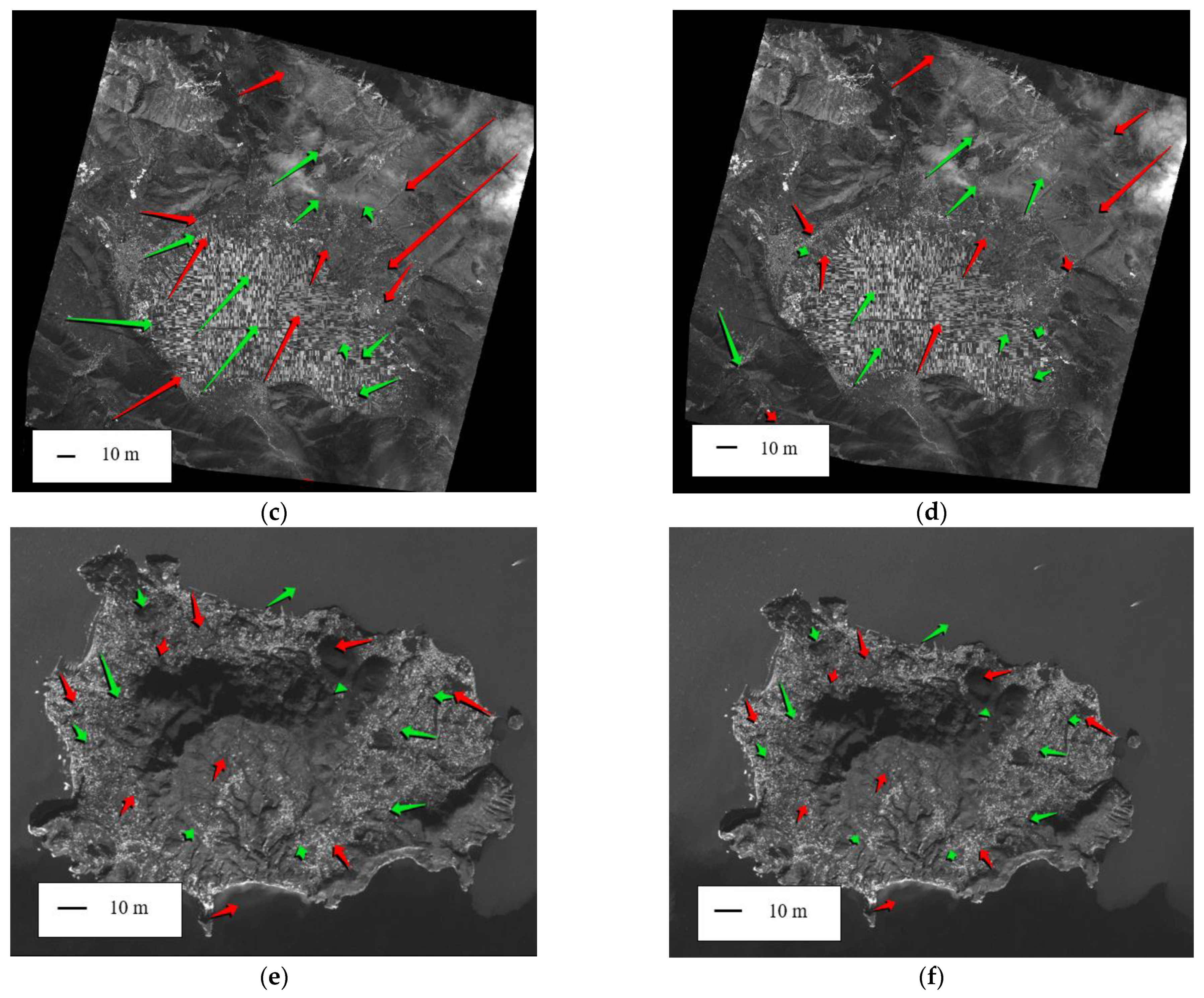Where are the satellite images? Let's put them in the right place!

We have all learnt to look at and appreciate high-resolution satellite images, they allow us to better understand places we know already and also to discover places we have never seen. In recent years, in addition to the classical visible images, hyperspectral images are becoming more and more popular. They allow us to 'see' features that we could not see from the ground: the propensity of an area to desertification, different soil temperatures or the content of minerals dangerous to human health in the roofs of buildings, to name but a few. The Italian Space Agency (ASI) has launched an experimental hyperspectral satellite with resolutions of up to five metres (PRISMA) and let its images accessible to the entire scientific community. Although the satellite is experimental, it is already yielding interesting results. Professor Valerio Baiocchi along with Felicia Monti from DICEA-ICI investigated a very important aspect of processing, the so-called 'image orientation', which basically consists of positioning the image and eliminating distortions due to the optical-geometric acquisition process. It is worth to note that for an image having a resolution of 5 metres (i.e. its 'pixels' have a size of 5x5 metres), position doesn’t necessarily have an accuracy of 5 metres, but more often it can be even hundreds of metres away, as in the case of PRISMA images.
In order to orient PRISMA images, i.e. 'put them in the right place', photogrammetrically rigorous algorithms can be used as well as algorithms based on rational polynomials with or without coefficients provided by the satellite operator.
In this work the various approaches have been tested, and some problems with PRISMA images have been solved so to find a procedure allowing a final accuracy of about 5 metres, which is absolutely satisfactory being as low as the resolution of the image itself. The proposed methodology can be set up in open environments and does not require commercial software, making it available to all researchers worldwide.
More info: https://www.mdpi.com/2072-4292/14/9/1991




